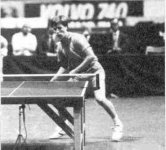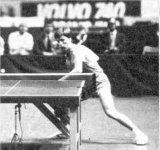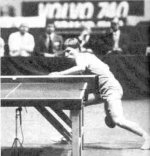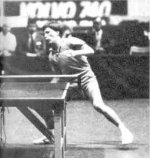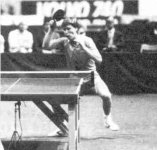Dear Members,
I am new to this forum but nevertheless very excited to be a part of so many table tennis players. I would like to know how to execute the slow spinny loop and how to return one. I would also like to know how to practice serve at home. I donot have a table at home ,,What do you suggest,,I play table tennis at a local club here in Kolkata, India.
I am new to this forum but nevertheless very excited to be a part of so many table tennis players. I would like to know how to execute the slow spinny loop and how to return one. I would also like to know how to practice serve at home. I donot have a table at home ,,What do you suggest,,I play table tennis at a local club here in Kolkata, India.






